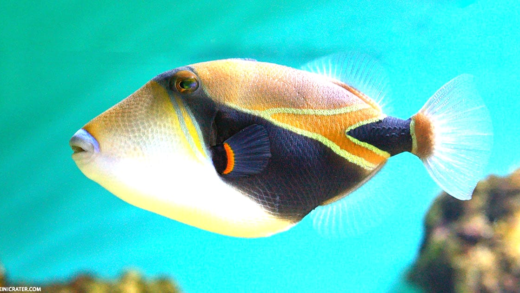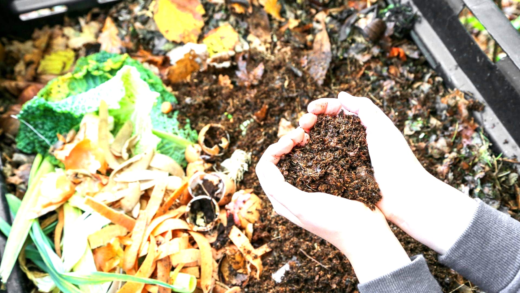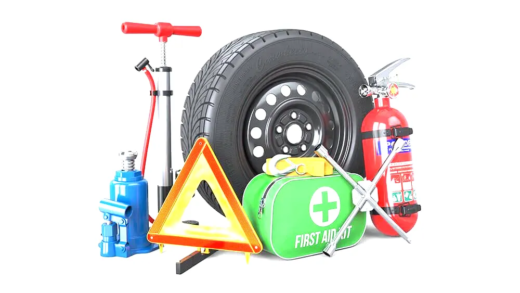Hornets and wasps, while similar, have distinct differences in appearance, behavior, and dietary habits. Their stings vary in pain and risk, with hornets generally being more aggressive. Proper first aid for stings and awareness of health risks are essential for safety. Additionally, debunking common myths helps clarify misconceptions about these insects.
Identifying Features: How to Tell Hornets from Wasps
Hornets vs Wasps can be tricky to differentiate at first glance. However, a few key identifying features can help you tell them apart. Hornets are generally larger, with a more robust body compared to wasps. Their coloration tends to be darker, often a mix of black and yellow, while wasps are usually more vibrant with a brighter yellow and black pattern.
- Size: Hornets are about 1 to 2 inches long, while wasps are typically smaller, around 0.5 to 1 inch.
- Body Shape: Hornets have a rounded abdomen, whereas wasps have a more slender and elongated body.
- Color: Hornets display darker colors, predominantly black and yellow, while wasps are more colorful with vivid yellow and black stripes.
- Facial Features: Hornets have a broader face compared to the narrower face of wasps.
By noting these characteristics, you can easily distinguish between hornets and wasps. Understanding these differences can help you avoid unwanted encounters with these stinging insects.
The Pain Factor: Comparing Hornet and Wasp Stings
When it comes to hornet sting vs wasp sting, the pain level varies significantly. Hornets are known for having a more painful sting due to their larger venom glands. Their stings can feel like a sharp, burning sensation and may last longer than a wasp’s sting.
- Hornet Stings: The sting is intense and can cause significant pain, often rated higher on the pain scale.
- Wasp Stings: While still painful, wasp stings are generally less severe than those of hornets.
Additionally, hornets can sting multiple times without losing their stinger, while wasps can also sting multiple times but are less likely to do so aggressively. If stung by either, it is crucial to monitor for allergic reactions.
Aggression Levels: Are Hornets More Aggressive?
Many people wonder, are hornets more aggressive than wasps? Generally, hornets tend to be more aggressive, especially when defending their nests. Their protective nature makes them more likely to sting if they feel threatened.
- Hornets: Known for their fierce defense of their territory, they will attack in groups if provoked.
- Wasps: While they can also be aggressive, wasps are usually less likely to swarm unless their nest is disturbed.
Understanding these behavioral patterns is essential for avoiding encounters with these insects. If you see a hornet’s nest, it’s best to keep your distance. Safety first!
Dietary Differences: What Hornets and Wasps Eat
Hornets vs Wasps also differ in their eating habits. Understanding their diets can provide insight into their behavior and habitats. Hornets are primarily carnivorous, often preying on other insects. They hunt down pests like caterpillars and flies, bringing them back to their nests to feed their larvae. In contrast, wasps have a more varied diet, which includes both nectar and other insects. They enjoy sugary substances and are often seen at picnics or garbage, seeking out sweet foods.
- Hornets:
- Predominantly carnivorous.
- Feed on insects and larvae.
- Bring prey to the nest for larvae feeding.
- Wasps:
- Omnivorous, enjoying a mix of food.
- Consume nectar, fruits, and insects.
- Attracted to sweets and human food.
This difference in diet reflects their roles in the ecosystem. Hornets play a crucial part in controlling pest populations, while wasps contribute to pollination and also help manage other insect populations.
Nesting Differences: Hornet Nests vs Wasp Nests
When discussing hornet nests vs wasp nests, it’s important to recognize their structural differences. Hornet nests are typically larger and more spherical, resembling a paper ball. They are usually built in trees, shrubs, or under eaves. Wasp nests, on the other hand, are often smaller and more irregular in shape, resembling a paper-like structure. They can be found in various locations, including underground or within walls.
- Hornet Nests:
- Round and large.
- Made from chewed wood fibers mixed with saliva.
- Located in elevated areas.
- Wasp Nests:
- Smaller and often flat or irregular.
- Constructed similarly but can be less robust.
- Commonly found in sheltered spots.
Recognizing these differences can help avoid accidental encounters. If you spot a hornet’s nest, it’s wise to maintain a safe distance due to their aggressive nature.
Behavioral Insights: How Hornets Behave Compared to Wasps
Understanding hornet behaviors compared to wasps reveals significant differences in their social structures. Hornets tend to be more social and live in larger colonies. They exhibit a strong defense mechanism for their nests, often attacking perceived threats in groups. Wasps, however, can be more solitary or form smaller colonies, and they are generally less aggressive unless their nest is disturbed.
- Hornet Behavior:
- Highly social with large colonies.
- Protective of their territory and nests.
- More aggressive when threatened.
- Wasp Behavior:
- Can be solitary or in smaller groups.
- Less defensive unless their nest is in danger.
- More likely to scavenge for food.
These behavioral patterns highlight the importance of caution when encountering either insect. Understanding their social dynamics can enhance safety during outdoor activities.
First Aid for Hornet and Wasp Stings
Hornets vs Wasps can lead to painful stings, and knowing how to respond is crucial. If stung, the first step is to remain calm. Here’s what to do:
- Remove the Stinger: If a wasp stung you, check for a stinger and remove it as soon as possible. Hornets don’t leave their stingers, but prompt action helps minimize venom exposure.
- Clean the Area: Wash the sting site with soap and water to prevent infection.
- Cold Compress: Apply a cold pack to the area to reduce swelling and pain. Ice wrapped in a cloth works well.
- Pain Relief: Over-the-counter pain relievers like ibuprofen or acetaminophen can help alleviate discomfort.
- Monitor for Allergic Reactions: Watch for symptoms like difficulty breathing, swelling, or hives, which may indicate an allergic reaction. Seek medical attention immediately if these occur.
Understanding how to handle hornet and wasp stings can help you manage the situation effectively and safely.
Health Risks: Are Hornet and Wasp Stings Dangerous?
When it comes to hornet and wasp stings, the health risks can vary. For most people, a sting results in localized pain, redness, and swelling. However, it can be more serious for others:
- Allergic Reactions: Some individuals may experience severe allergic reactions known as anaphylaxis. Symptoms include difficulty breathing, rapid heartbeat, and swelling of the face or throat.
- Infection: Improper care of a sting can lead to infection. Keeping the area clean is vital to reduce this risk.
- Multiple Stings: Hornets can sting multiple times, increasing the amount of venom injected, which can lead to more severe reactions, particularly in sensitive individuals.
Being aware of these risks helps in making informed decisions about prevention and treatment.
Debunking Myths About Hornets and Wasps
There are many misconceptions surrounding hornets and wasps. Here are some common myths debunked:
- Myth 1: All stinging insects are aggressive. In reality, hornets and wasps typically only sting when threatened.
- Myth 2: Hornets only attack humans. They defend their nests but are primarily focused on hunting insects.
- Myth 3: Wasp stings are not serious. While less painful than hornet stings, they can still cause significant reactions in allergic individuals.
Understanding these myths helps demystify these insects and promotes safer interactions with them.





Comments are closed.